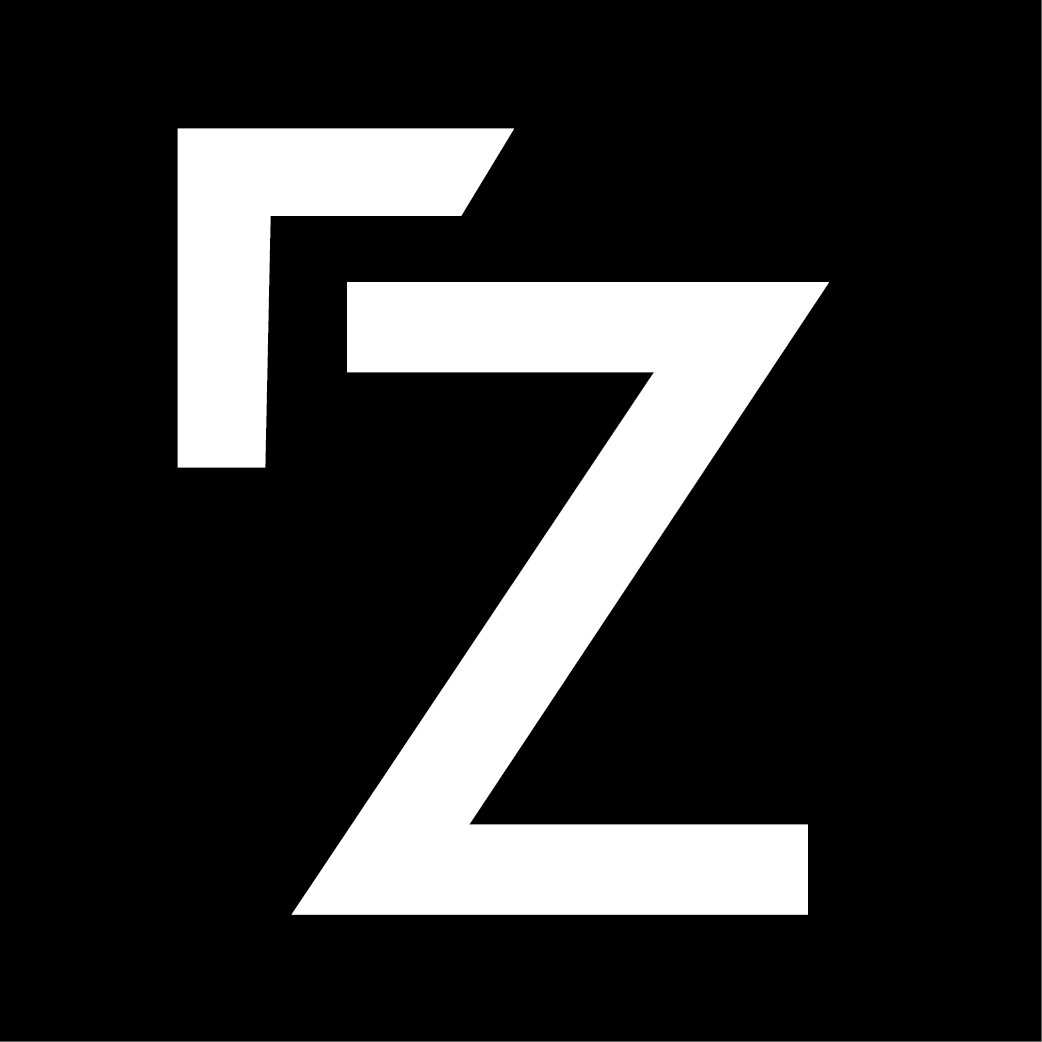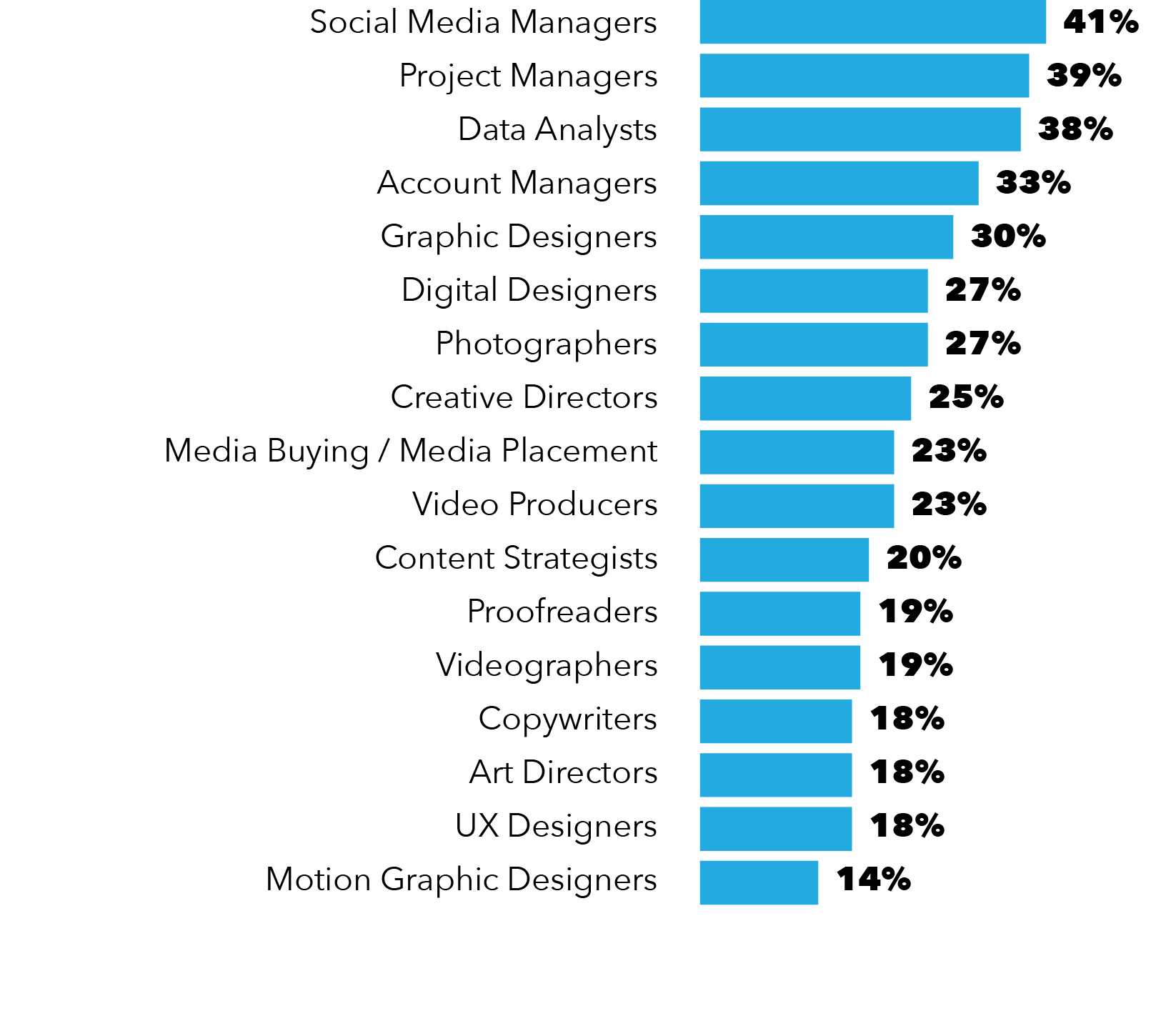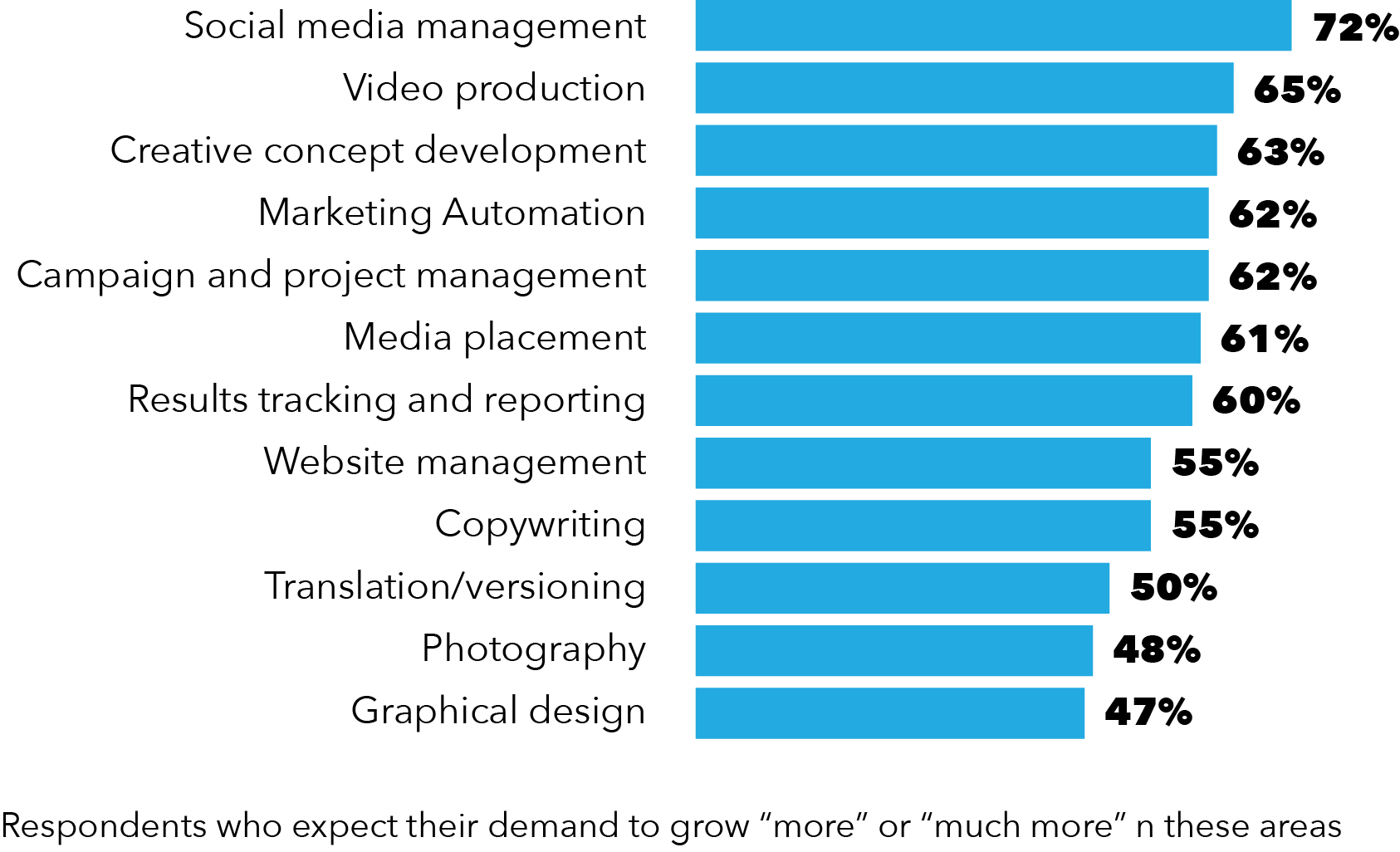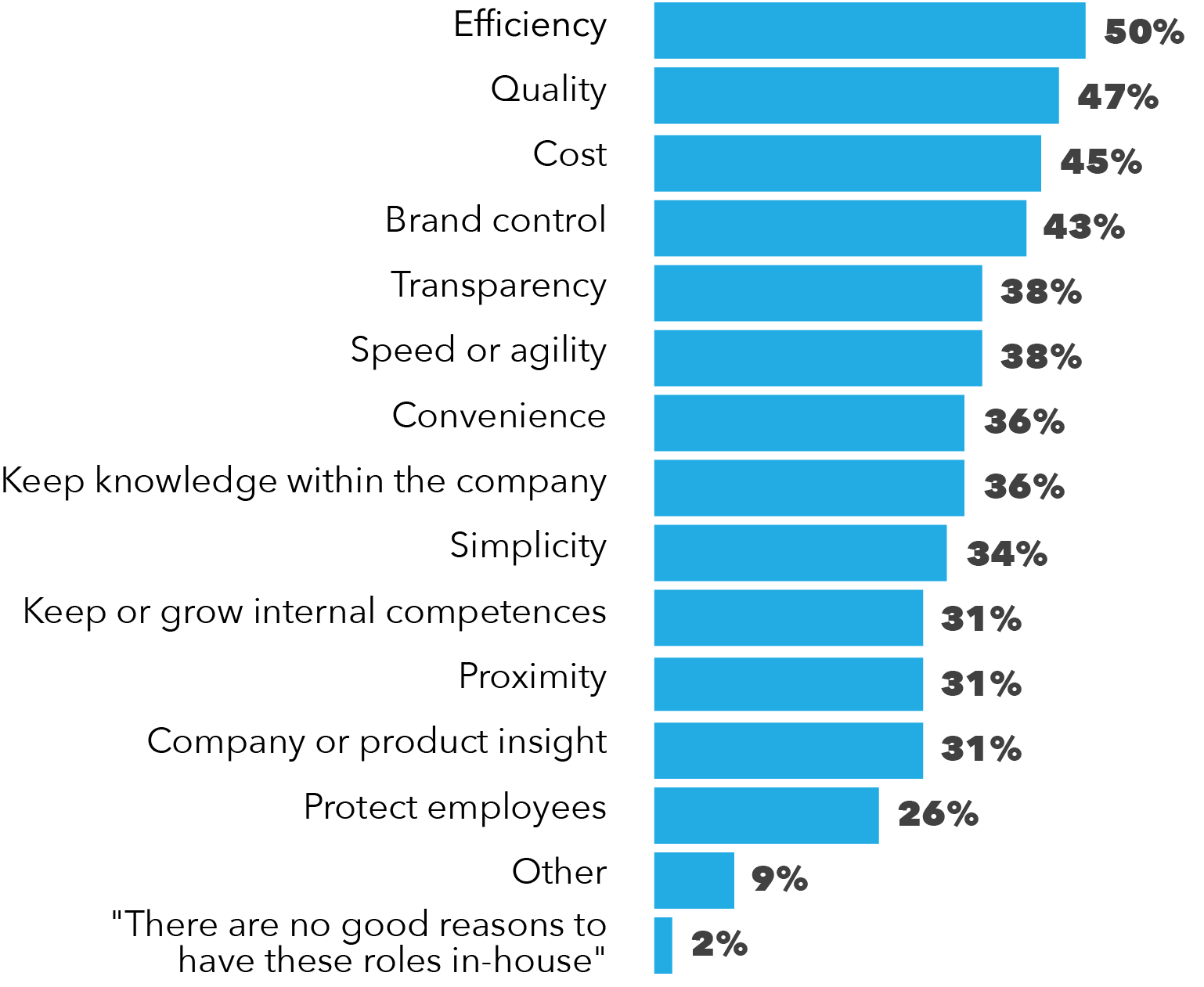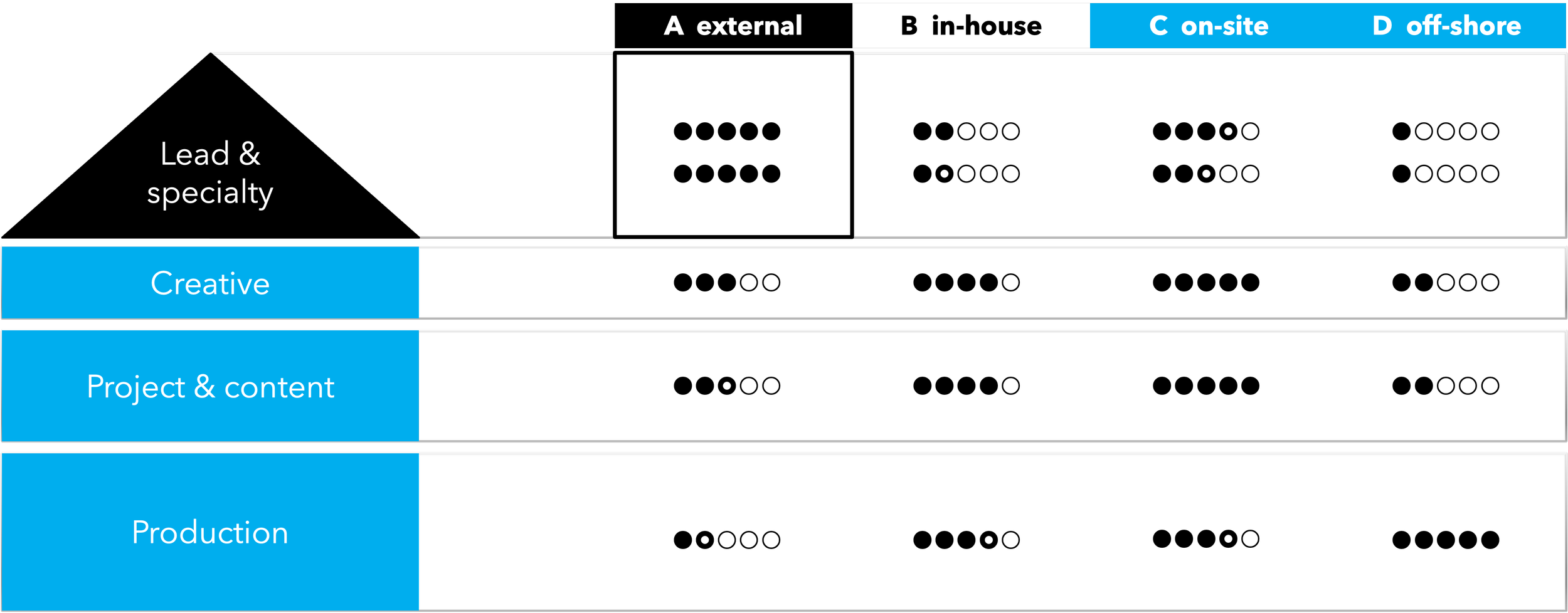The state of In-House in Europe
The 2023 in-house barometer study has uncovered some surprising insights into the world of in-house marketing across Europe. We asked over 1200 marketing professionals about their experiences, challenges, and successes with in-house agencies, and the results are fascinating. Discover the pros and cons of in-house marketing, the biggest challenges faced by marketing professionals, and the future of the industry.
Find more interesting insights into the state of in-housing in Europe at inhousebarometer.com
Companies bringing their marketing efforts in-house has been a growing trend in recent years. From social media and content creation to media buying and campaign development, businesses are investing in talent to handle these tasks internally. This shift has proven successful for many companies in terms of both creative campaign awards and effectiveness, as it keeps marketing efforts closer to the core of the business.
However, in-house marketing teams sometimes struggle to find time for creativity and a fresh perspective. To better understand the current state of in-house marketing, we conducted this study, receiving more than 1,200 responses from the European business world. This report aims to gauge their thoughts and feelings about in-house marketing, to identify differences between in-house and outsourced marketing work, and to uncover both models’ perceived advantages and disadvantages.
The study also delves into the marketing setup and structure of the companies, the types of marketing activities taking place, and the competencies that CMOs and CEOs plan to bring in-house. Finally, it explores the experiences of in-house marketing, the potential challenges and pitfalls, and expectations for content creation.
Whether you are just starting out on your in-housing journey or looking to take your team to the next level, this study has something for everyone. We believe the findings of this report provide valuable insights and hope you find them informative. So, without further ado . . .
Introducing The 2023 In-House Barometer, one of Europe’s most extensive in-house studies in which we delve deep into the world of in-housing and explore the current trends and challenges faced by in-house marketing teams.
WHAT DO IN-HOUSE AGENCIES LOOK LIKE IN THIS DAY AND AGE?
First up, let’s look at how companies refer to their in-house agencies. Of those two-thirds of European companies that have in-house agencies, 18% get creative and invent a whole new brand for them.
25% think of their in-house agencies as their creative teams, while 26% consider them part of marketing or marcom. Just 26% actually call their in-house agencies “in-house agencies”.
This might explain why staff are so similar between companies that attest to having in-house agencies and those that don’t. In the latter group, there might be a few who do not think of them as agencies but as integrated parts of their businesses—which in-house agencies always were meant to be and still aspire to be.
IN-HOUSE PENETRATION
Two-thirds of all companies in Europe have an in-house setup in some form, but numbers vary greatly between countries. In-house is the new normal in France, with over 85% of businesses having in-house agencies. The numbers are similar in Poland and Spain. The Norwegians and Danes are at the other end of the scale with just over 50%.
This difference between countries cannot be explained by company sizes, sectors, or similar data. However, there is a clear correlation between companies having calculated the benefits of an in-house agency and those who choose it. In countries where many have compared in-house vs. external efficiencies, more companies have in-house agencies.
On the other hand, the countries where few have done the math—including ones in the Nordic region—have less in-house penetration.
In other words, if you dare to compare, chances are you will change to some form of an in-house setup.
SIZE DOES MATTER
52% of European in-house agencies are between six and twenty people. But every fifth in-house agency in Europe has over 50 employees—a number that rivals the count in large, traditional external agencies. In Mainland Europe, even one out of four in-house agencies are this large.
Nordic in-house agencies are generally smaller than those in the rest of Europe, with 45% of the agencies having no more than ten people. Compared to the corresponding ratios (the British Isles’ 29% and Mainland Europe’s 27%), in-housing is still maturing in the North.
It is important to consider that the Nordic region is home to smaller companies, which may explain why in-house agencies in the region are generally smaller than in other parts of Europe. With smaller companies, there may be less demand for large in-house agencies, leading to the growth of smaller, more specialized agencies in the region.
However, this doesn’t change the fact that the in-house agency landscape in the Nordics is still maturing and could benefit from more growth and expansion. As the region continues to attract global companies and investment, there may be more demand for larger, more established in-house agencies that can deliver on complex campaigns and strategies. The challenge for the in-house agency industry in the Nordics will be to balance the unique advantages of smaller agencies with the need to grow and expand in order to remain competitive with other parts of Europe.
INTERNAL MARKETING ROLES OR IN-HOUSE?
Across industries, countries, and company sizes, five marketing roles are most likely to be present internally.
Social Media Managers are the new number one; 41% of all companies have them. A clear testament to how this type of medium has become not only mainstream, but an absolute driver of marketing today.
Project Managers are second. The key to any well-functioning marketing endeavor, the Project Manager makes sure all contributors provide what’s needed in the right way, at the right time, and at the expected quality.
Third up are the Data Analysts, a role that probably would not have made a marketing-related Top Ten just a few years back. But with digital media being the standard to which any other medium is held, the Data Analysts deliver the crucial facts to satisfy not only marketing itself, but increasingly the financial and commercial stakeholders looking for ROI.
Account Managers, the businesses’ ambassadors into marketing and its agency, take fourth place. Also know by other names such as Marketing Managers, Business Area Managers, or Brand Managers, they translate the businesses’ ambitions and requirements into marketing goals, recorded in the all-important Brief that serves to define the deliverables for any subsequent function.
And finally, the Graphic Designers, the wizards of visuals. The top-scoring creative function still, after decades of proof that a picture can say more than a thousand words.
Interestingly, these five roles are the Top Five both in companies with in-house agencies and in companies without them. Remarkably, a company that acknowledges having an in-house agency, and one that does not, are likely to be similarly staffed. A coincidence, perhaps? We think not.
As we have already discussed, not all in-house agencies are necessarily visible to the untrained eye, so as controversial as it might sound, some companies might have an in-house agency they’re unaware of.
There are some differences, though. Roles that are more likely to be in a company with an acknowledged in-house agency include Videographers and Video Producers, Content Strategists, Media Buying/Placement Managers, and Creative Directors.
While there are some roles that make sense to in-house regardless of the size of the company, others follow a different pattern.
For example, roles like Marketing Automation and copywriting often only make sense once a company has grown to a certain size. As businesses scale, they require more specialized skills and resources to effectively execute these functions. In-house teams can provide greater control over the quality and consistency of these efforts, while also reducing costs associated with outsourcing.
On the other hand, roles like Creative Concept and Content Development tend to follow a different pattern. Small companies often start by doing these functions themselves, but as they grow, they realize their needs are greater than what they can handle in-house. In these cases, outsourcing becomes a more viable option. However, as companies continue to expand and their creative needs become more complex, it often makes sense to bring these roles back in-house.
TOMORROW’S IN-HOUSE
We asked marketing professionals across Europe what their focus areas will be next year. Here are the Top Five growing in-house agency areas:
1) Social Media Management (72%): Social media has become an essential part of marketing strategies, and in-house agencies are uniquely positioned to provide comprehensive social media management services. From developing social media campaigns to creating content and measuring results, in-house agencies can help organizations maximize their social media impact.
2) Video Production (65%): Video is increasingly an important tool for marketing, and in-house agencies are ideal for providing video production services. From concept development to production and distribution, in-house agencies can help organizations create engaging video content that resonates with their audiences.
3) Creative Concept Development (63%): As organizations look to stand out in crowded markets, the ability to develop creative concepts is paramount. In-house agencies provide comprehensive creative concept development services, helping organizations develop unique and compelling marketing campaigns that drive results.
4) Marketing Automation (62%): Marketing automation allows organizations to automate many of the repetitive tasks involved in marketing. In-house agencies can help organizations implement marketing automation systems, customize them to their specific needs, and train their staff on how to use them effectively.
5) Campaign and Project Management (62%): As organizations continue to develop complex marketing campaigns, the need for effective campaign and project management rises. In-house agencies provide comprehensive campaign and project management services, helping organizations manage projects from concept development to execution and measurement.
After years of quick data obsession—chasing hits, likes, and clicks—profound studies reveal that creativity is back in style as a prime driver of marketing efficiency. 63% of respondents who develop creative concepts in-house expect the demand for them to rise.
While some will prefer to leave creative concepts to external lead agencies (this is, after all, what they excel at), mature in-house agencies who have proven their value are increasingly trusted to take on higher-tier responsibilities.
Demand for proper campaign and project management is also going to be high. Without project managers to keep everything on track and both internal teams and clients happy with the result, marketing teams risk unclear objectives, missed deadlines, work overload, budget slides, and poor results.
MORE JOBS MOVE IN-HOUSE
37% of companies with in-house agencies will move more work in-house, increasing the size and importance of their agencies. 40% will leave things as is, while 24% will move the other direction and rely more on external partners. So, while there are trends both ways, the net result is that more jobs will move in-house.
This balance shift is visible in all three regions. In the Nordics, 20% more work will move in-house than externally. In Mainland Europe, it’s at 36%. The trend is especially strong for the British Isles, where the work moving in-house is more than double of that moving externally; 131%.
26% of companies with in-house agencies are considering working with external partners in the future. This trend is driven by several factors: the need for specialized expertise, greater flexibility and scalability, and the cost-effectiveness of outsourcing certain tasks.
Expectations for in-housing development next year
While in-house agencies can offer advantages such as increased control and faster turnaround times for creative projects, they may struggle to keep up with rapidly changing technologies and adapt to shifting market demands. Therefore, more and more businesses are discovering the competitive advantage of collaborating with external agencies to stay ahead of the curve.
Off-shore and near-shore partnerships can offer companies a significant competitive advantage when it comes to producing large volumes of assets in a short amount of time. For example, if a company needs to create 500+ assets within a few weeks, an external agency with additional resources and expertise can be crucial to meeting the deadline. And when the complexity of the project involves multiple languages and variations, off-shore and near-shore partnerships can be highly beneficial.
Moreover, off-shore and near-shore partnerships can be cost-effective while still maintaining quality work. These partnerships offer access to highly skilled professionals at a lower cost compared to hiring in-house staff. This not only reduces overhead costs for companies but also allows them to scale up or down quickly depending on their needs, providing them with greater operational flexibility and agility.
So, companies steering towards external agencies instead of in-house setups is a desire to be part of something bigger with more possibilities for scaling. An in-house agency managed by an external partner often has these off-shore and near-shore partnerships that can offer companies an array of benefits: additional resources and expertise, the ability to produce large volumes of assets in a short amount of time, access to talented professionals fluent in multiple languages, and cost-effectiveness.
EFFICIENCY SHOWDOWN:
IN-HOUSE VS. EXTERNAL AGENCIES
Q: Has your company compared the efficiency of having an in-house agency to using external companies?
Relying entirely on external agencies to fulfil the company’s marketing operations’ conceptual, creative, production, and deployment needs is the tried, traditional model. And it has its merits, no doubt about that. But is it the most efficient and cost-effective way to run your company’s marketing operation?
Very few businesses are taking everything in-house. Most companies want to have the best of both worlds, using a hybrid model with specific functions in-house and others outsourced. Or having some of the same functions in both places to ensure dynamism and regular, fresh input, challenging marketing’s assumptions and methods to remain relevant.
The most widespread hybrid model is the in-house agency operated by an external partner or “the managed in-house”, as some call it. This model combines the benefits of having a full-fledged in-house agency while letting external professionals run it. That often enables access to cheaper off-shore or near-shore production and back-office or “mothership” for processes, tools, and tech.
So, who’s right? Which is the smartest, most efficient way? As with many marketing answers, it depends.
Some companies rely on their gut intuition, beliefs, or tradition. But the only way to know for sure is to investigate the pros and cons of both ways, analyzing the company’s needs and ambitions and comparing the efficiencies.
Across Europe, 21% of respondents are yet to compare the efficiency of having an in-house agency to using external companies, and 24% claim they don’t know. Just 55% have done the math and have a rational foundation upon which to decide.
Companies that have an
in-house setup
Q: Has your company compared the efficiency of having an in-house agency to using external companies?
Again, we see the Nordic region coming in last. Just 44% have compared in-house vs. external, far behind their fellow Europeans.
Companies that don’t have
an in-house setup
Q: Has your company compared the efficiency of having an in-house agency to using external companies?
Looking at companies that do not have an in-house agency, a whopping 73% cannot recall having considered one. On the other hand, if they have an in-house agency, it’s likely because they have done the math.
In a marketing world where data is abundant, measuring points grow, and CEOs, CFOs, and CCOs expect facts over feelings, it is remarkable that such a high number of marketing functions use setups that need to be proven to be efficient.
ALTERNATIVE EFFICIENCIES
When European companies compare in-house agencies to external options, there is a clear pattern. While 14% of marketers found external agencies to be most efficient, over four times more had the opposite conclusion: The in-house model is most efficient.
Despite differences across countries, the efficiency of in-house agencies is evident throughout Europe. Denmark has the highest number (27%) of respondents who came to the opposite conclusion, but even here, 66% more respondents preferred in-house agencies.
Germany stands out as the only country to potentially challenge the conclusion, with 53% finding no or little difference between the two models. However, of the remaining German respondents, almost 90% found the in-house model most efficient.
Our study uncovered another interesting trend. It turns out that companies with in-house agencies are more likely to swear by their efficiency—like a proud parent declaring their kid’s superiority in a science fair.
69% of companies with in-house agencies believe this model is the most efficient way to handle marketing operations, and over 10% think the external way is better.
However, the amusement begins when we compare these findings to companies without in-house agencies. Only 30% of them believe that the external model is the most efficient, and 29% conclude the exact opposite. It is like an epic battle between in-house and external agencies, where both sides are convinced to have made the better choice, while the truth is somewhere in between.
What is really interesting about these results is how they show that familiarity breeds confidence. In any case, our study underlines the importance of evaluating each company’s unique needs before choosing the most effective marketing model and not being blinded by bias.
PROS AND CONS OF MODELS
We often tend to simplify things by merely dividing marketing operations into two buckets. The truth is that there are many variations of these and that we rarely find them in their purest forms. We almost always see marketing organizations believing in the external model of having a few in-house team members and that in-housed setups almost always rely on bringing in freelancers or extra hands when the workload gets too big.
For the sake of argument and to clarify things, we asked our respondents to state the benefits of the two pure models: A) In-house agency or B) External agency.
Only 55% of European companies have compared the efficiency of having an in-house agency to using external agencies. So, what would cause them to change their model? Our studies suggest a few reasons:
1) Change takes time: Even when knowing another model is beneficial, changing to it is rarely done overnight, so some companies might be in the process of designing the perfect in-house setup.
2) Not core: Running an own agency is not a core competence of many companies, so the processes, workflows, and tools to rival external professional agencies might not be available.
3) Staffing: Attracting the right employees and keeping them motivated is no easy feat. Agency professionals are in high demand, and some in-house agencies lack environments that offer professional development, creative atmospheres, and management with attention to agency roles.
4) Habit: This might seem harsh, but it is the truth. Humans are habitual creatures, and it is in our nature to seek stability and comfort. If things aren’t burning and you have something that works, why change? It can be costly to shake things up; employees can feel insecure, and relationships with external agencies can be jeopardized.
5) Access to special competencies: Some companies consider the choice between in-house and external agencies to be binary: all-or-nothing, either-or. Therefore, they cannot imagine operating without the appreciated top-level creatives and strategists from external agencies.
Those understanding the hybrid model, however, will retain the external speciality competencies—the agency A-teams are needed ad-hoc on rare occasions, while the majority of work happens in-house, often with scale production happening in cost-competitive countries.
WHY IN-HOUSE...
The main in-house advantages are:
1) Efficiency: The top reason is a solid matter of output vs. input. All things considered; in-house agencies just get more done for less money.
2) Quality: The consistency of one dedicated agency team means it is more likely to be spot on from the first go and in every subsequent task or project.
3) Cost: Fixed contracts are simply less expensive than consultants’ hourly or project fees, and by extension, the whole agency costs less.
4) Brand control: Your CVI and brand guidelines make up the one and only rule set. The resulting consistency is a brand owner’s dream.
5) Transparency: The company knows exactly what’s going on at all times, and what drives cost, satisfaction, and results. No hidden fees, no opaque invoices, no suspected scams.
6) Speed or agility: Project initiation and feedback loops must no longer include travel meetings, briefs, and debriefs, but can happen down the hallway or even at the coffee machine. The proximity means the time-to-market can be minutes, potentially crucial in a world of social media.
...AND WHY NOT
If you are in a modern company or have read any management books recently, you know that people constitute your most valuable asset. So, take care of your employees, prevent stress, avoid overtime, and let someone else deal with the inevitable occasional workload peaks.
1) Flexibility: Need a graphic job done after midnight? Or a translation on a Sunday? There’s always someone awake around the world, ready to do the job for the right price.
2) Quality: External agencies typically specialize in areas of marketing, such as design or social media management, and bring expertise and experience to the table. They also have a wider pool of talent, tools, and resources to draw upon, which can lead to higher-quality work. By partnering with external agencies, marketing organizations can tap into a team of professionals dedicated to delivering high-quality work without investing in extensive training or resources.
3) Outside-in perspective: A fresh idea, a novel concept, inspired from a whole other industry, is more likely to happen if you are exposed to many brands and challenges—which external agencies are. They might not be proficient in your lingo, product specifics, and acronyms, but sometimes that is a good thing.
4) Efficiency: Outsourcing specific marketing tasks allows organizations to streamline their workflow and reduce the burden on in-house staff. This can be especially beneficial when dealing with complex or time-consuming projects, as external agencies often have the necessary resources and experience to complete tasks more efficiently.
5) Access to special competences: There are services you need only rarely. By using externals, you can get them exactly when needed, and not be limited by your in-house skills.
6) Focus on core business: Unless your company is in fact an agency, chances are your success and continued survival is based on something else than running an agency. The competences, knowledge, and skills you build to win your markets are most likely different from agencies’ – so you don’t need the extra complexity and can leave it to professionals.
SHOULD YOU BRING MORE ROLES IN-HOUSE?
It can be a costly mistake to bring in a creative, content, or marketing team without fully understanding what it does. You can easily waste countless resources hiring people you neither need nor want or setup processes that won’t help you gain the control, speed, or agility you set out for in the first place.
First off, you will probably need to understand the setup better. Why do you need one? What do they do exactly? Which roles do you want to in-house and which tasks do you need an external agency to help you with? Finally, where do you need to build for scalability?
The case for building in-house competencies can basically be split into two overall needs: the needs of your business and the needs of your brand. Business and brand needs are different. Your business needs to save money, improve productivity, and have more control over the operations. Your brand, on the other hand, requires creativity and optimized campaigns.
It is often the case to have an external agency partner that is creative but fails to deliver on speed, agility, and control. Or you can find an external partner that meets your business needs but fails your brand. They might provide stellar communication and low costs, but their creative work might be lacking. On the other hand, you can build an in-house setup that delivers on the business needs of proximity and speed but lacks that outside-in perspective and creativity.
It isn’t merely a matter of creativity vs. results. You can easily have a creative campaign that brings in significant returns in the short-term but irreversibly damages the brand in the long run. After all, brands are built through the consistent delivery of the brand promise through all stakeholder touchpoints.
THE BEST OF BOTH WORLDS
In the 'On-Site model, also referred to as the 'In-House-Agency-as-a-Service' approach, external agencies play a pivotal role in both constructing and managing a company's in-house marketing operations. This collaborative model ensures the best of both worlds, with the expertise and flexibility of an external agency seamlessly integrated into the company's core functions. It's a strategic synergy that delivers heightened efficiency and impactful results.
Coupled with the 'On-Site' model, leveraging specialized and creative agencies for overall direction and creative concepts has been recognized as a winning strategy. According to a study conducted by the World Federation of Advertisers, this hybrid approach offers the best of both worlds. It allows companies to harness the focused expertise of specialized agencies for innovative, creative concepts, while the 'On-Site' model ensures seamless execution and integration. This synergy not only drives effectiveness but also enables companies to adapt swiftly to evolving market dynamics, positioning them at the forefront of their industries.
As companies strive to meet their marketing goals, they are faced with a critical decision: in-house or external agency? But what if the right solution isn’t either option, but rather a hybrid model that combines the strengths of both? Enter the concept of the “managed in-house” where an external provider runs the in-house agency for the company.
With this approach, companies can access better sourcing and scalability, while also benefiting from a “mothership” that provides brand tech, best-in-class processes, and methods. At the heart of this approach is the recognition that marketing is a constantly evolving field, and that the most successful companies are those that can adapt quickly and efficiently to changing circumstances. By tapping into the expertise of external providers, companies can stay ahead of the curve, while also retaining control over their marketing efforts.
Of course, there are potential pitfalls to be aware of, including issues around communication and integration. However, by working closely with external providers, companies can overcome these challenges and achieve success in the world of marketing.
In conclusion, the “managed in-house” model offers a winning solution for companies looking to achieve their marketing goals. By combining the best of both worlds, companies can achieve the agility and control of an in-house team, while also accessing the resources and expertise of an external agency. With the right approach, companies can stay ahead of the curve and succeed in today’s dynamic business environment.
Kasper is the Chef Commercial and Creative Officer at Zite. He is an expert in in-house marketing setups and has written two best-selling books on the subject and worked with big international brands such as Apple, Lego, and Mars. He has built and directed the in-house creative departments at Maersk, Georg Jensen, and Saxo Bank and has helped other organizations and brands set up their teams. Kasper has more than 20 years of experience in the advertising industry and quite a few creative awards for his work.
Get in touch with Kasper Sierslev at kasi@zite.agency
Do you want to know more?
We are happy to further discuss the findings in The 2023 In-House Barometer relevant to your industry and brand. If you want us to present the extended findings in an intimate forum, please let us know.

